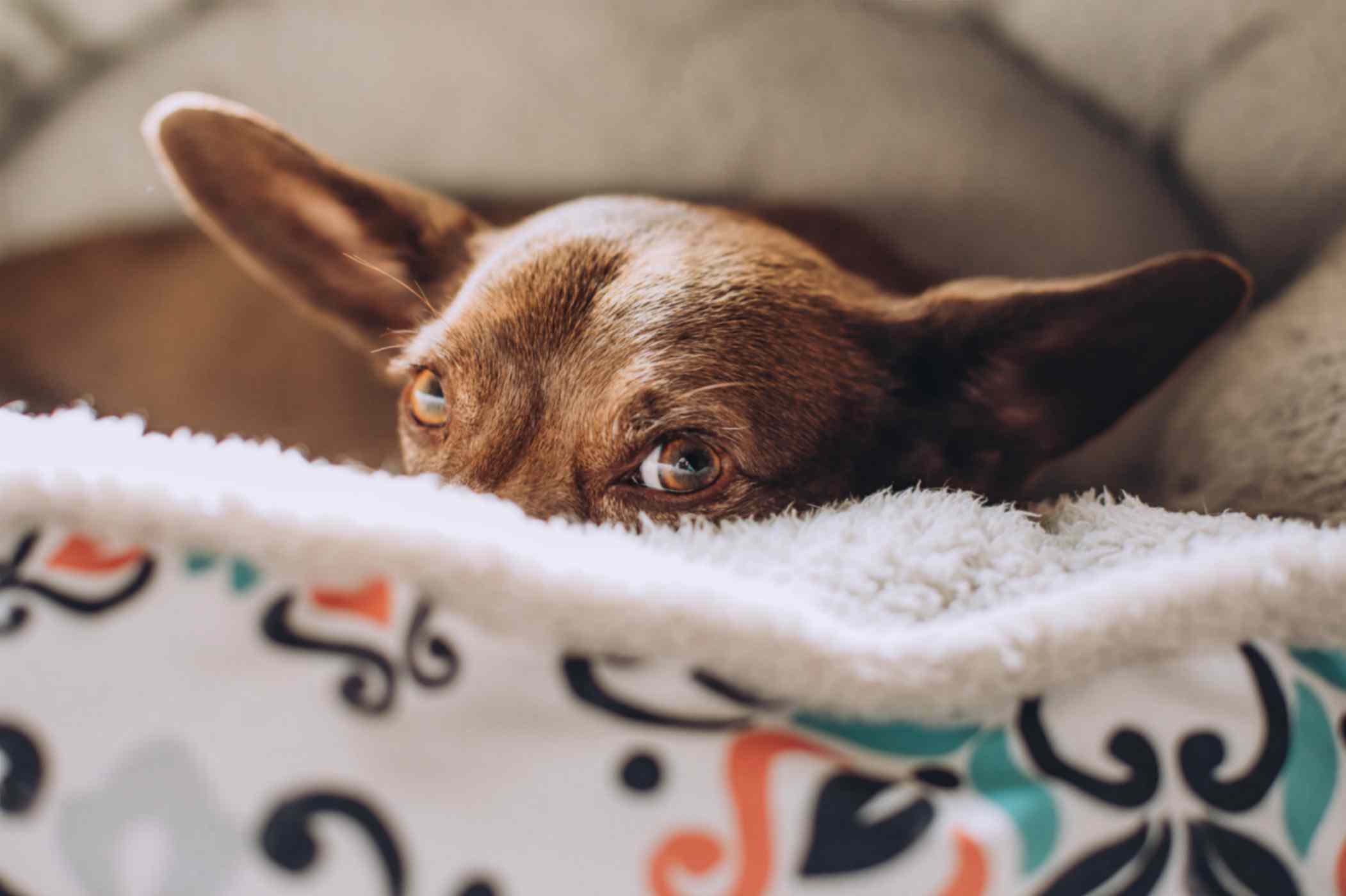Grooming is an essential part of caring for your dog’s overall health and well-being. Regular grooming not only keeps your dog looking clean and tidy but also helps prevent various health issues such as matting, skin irritations, and infections. However, for many dogs, the grooming process can be a stressful and anxiety-inducing experience. Nervous or anxious dogs may exhibit a range of behaviors, from trembling and whining to aggressive outbursts. As a dog grooming expert or a pet owner, it’s crucial to know how to handle a nervous or anxious dog during grooming to ensure the safety and comfort of the animal.
Understanding Canine Anxiety
Before delving into the practical tips for handling nervous or anxious dogs during grooming, it’s important to understand the reasons behind their anxiety. Dogs can become nervous or anxious for various reasons, including:
-
Fear of the Unknown
Many dogs get anxious when placed in unfamiliar situations. If they are not accustomed to the grooming environment or the tools used during the process, it can trigger fear.
-
Previous Traumatic Experiences
A dog’s past experiences can greatly influence their behavior. If a dog has had a traumatic grooming experience in the past, they may develop a strong aversion to it.
-
Sensitive Areas
Dogs may have specific areas that are particularly sensitive, such as their ears or paws. Handling these areas can make them anxious.
-
General Anxiety
Some dogs have a more anxious disposition in general, making them prone to stress and anxiety in various situations.
Understanding the root cause of a dog’s anxiety is the first step to effectively handling the grooming process.
Professional Dog Grooming and Safety
Professional dog grooming services are equipped to handle a wide range of dogs, including those with anxiety issues. These facilities have trained groomers who are well-versed in handling nervous dogs and ensuring their safety during the grooming process. However, it’s also important for pet owners to be aware of the methods used and to work with groomers to address their dog’s anxiety.
Tips for Handling Nervous or Anxious Dogs during Grooming
Here are some essential tips and strategies for handling nervous or anxious dogs during grooming:
-
Gradual Introduction
Start by introducing your dog to the grooming environment gradually. Bring them to the grooming facility for short visits without any grooming procedures. Allow your dog to familiarize themselves with the surroundings and the groomers.
-
Positive Associations
Associate grooming with positive experiences. Use treats, praise, and rewards to create a positive association with the grooming process. Offer treats during and after grooming sessions to help your dog relax and view the experience as a rewarding one.
-
Desensitization
Gradually desensitize your dog to the grooming tools and equipment. Let them see, touch, and hear these tools without using them on the dog. This helps reduce their fear of the unknown.
-
Gentle Handling
Use gentle and calm handling techniques. Avoid sudden movements and loud noises. Speak to your dog in a soothing tone to reassure them.
-
Short Sessions
Keep grooming sessions short and sweet, especially when dealing with a nervous dog. Gradually increase the duration as your dog becomes more comfortable.
-
Breaks and Distractions
If your dog becomes too anxious during a grooming session, take short breaks. Allow them to walk around and relax before resuming the grooming process. Provide toys or interactive puzzles to keep them distracted.
-
Obedience Training
Basic obedience training can be invaluable when grooming anxious dogs. Teach your dog simple commands like “sit” and “stay” to ensure they remain calm and cooperative during the grooming process.
-
Seek Professional Help
If your dog’s anxiety is severe and affecting their well-being, consult a professional dog behaviorist or trainer. They can offer specialized training and behavior modification techniques to address anxiety issues.
-
Sedation (As a Last Resort)
Sedation should only be considered as a last resort and under the guidance of a veterinarian. It should not be a routine solution for grooming anxiety. Sedation can have side effects, and it’s essential to weigh the risks and benefits with the guidance of a medical professional.
Conclusion
Grooming plays a vital role in maintaining your dog’s overall well-being and cleanliness. Nevertheless, for dogs that are prone to nervousness or anxiety, the grooming procedure may induce stress. Understanding the underlying causes of your dog’s apprehension and applying the aforementioned recommendations and techniques can significantly enhance the comfort of your cherished pet during the grooming process. Whether you are a professional pet salon attendant or a dedicated pet owner, the essential components for ensuring a safe and enjoyable grooming experience for your dog encompass patience, positive reinforcement, and gentle handling. By addressing grooming-related anxiety with genuine care and empathy, you can not only keep your dog looking and feeling their absolute best but also foster a deeper bond between you and your beloved pet in the soothing ambiance of a pet spa.




